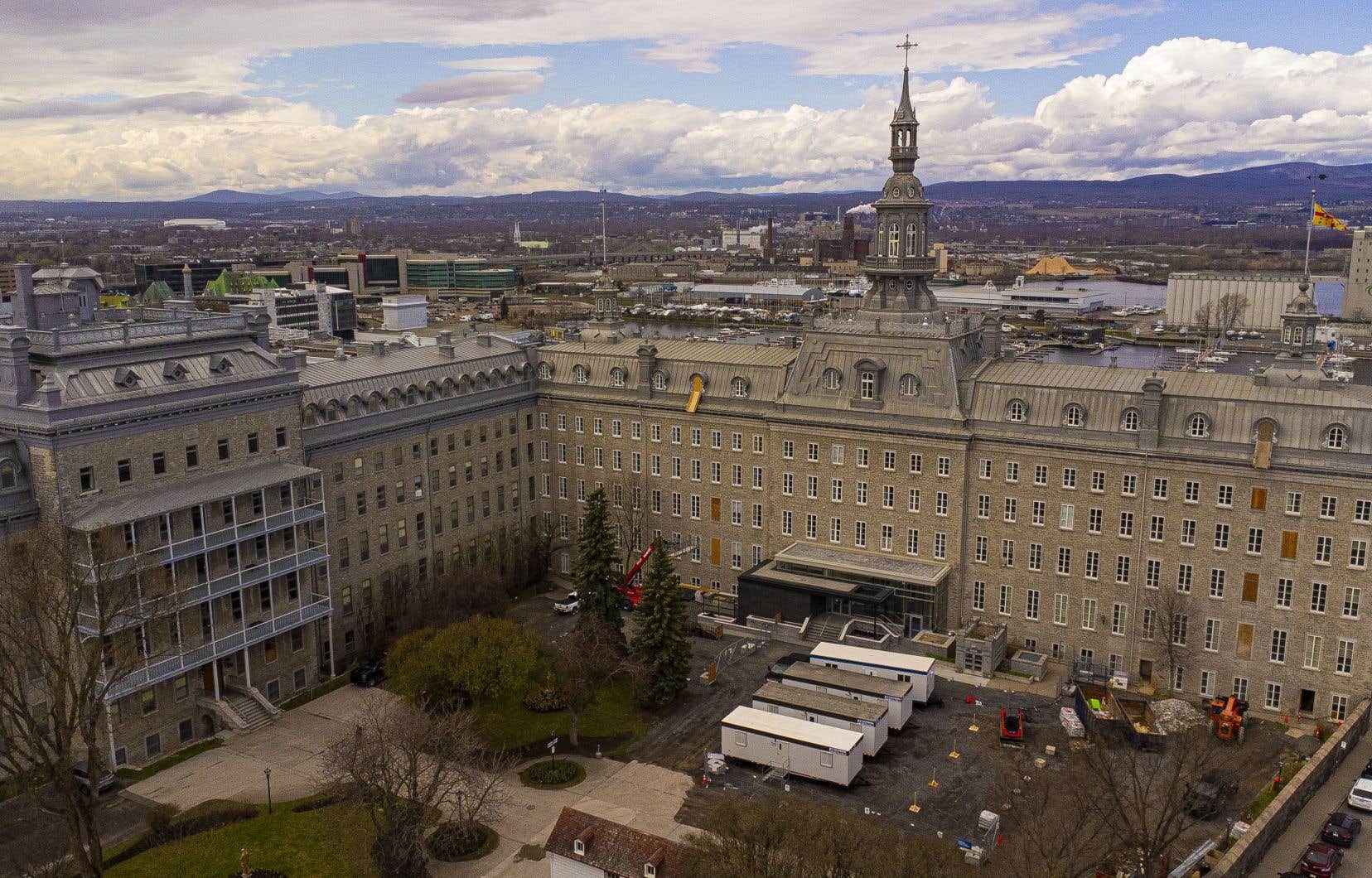The National Museum of Quebec History (MNHQ), whose creation was announced at the end of April by Prime Minister François Legault, will be a place of discovery rather than a monument celebrating heroes, says historian Éric Bédard who will be a consultant for this project.
“If we present a jovial story [de notre histoire]it is the credibility of the operation that will be called into question and, if we make a museum of horrors, it will not be interesting to visit it either,” he specifies in an interview with The duty.
The content of the new institution will be defined by the Musée de la civilization (MCQ), through a scientific committee to which Éric Bédard will join. “Collective intelligence will make it possible to arrive at a story that will be as unifying as possible and as informed as possible about historiography,” hopes the author of the Reformists and of Quebec history for dummies.
Éric Bédard will not have the right to veto the decisions of the committee, like his colleague Jenny Thibault, the general and artistic director of the Society of Arts and Technology, responsible for the digital component. “We give our opinion and they do what they want with it. The Minister [Mathieu Lacombe] wanted that, to have two external consultants to support the museum,” explains the professor at TELUQ.
Source of pride, “we’ll see”
Visitors to the museum which will be located in the central pavilion of the Séminaire de Québec must emerge with a burst of pride, warned François Legault on April 25, casting a knowing glance at the president and CEO of the MCQ, who acts as master of work. “Let them say to themselves: “Hey, I’m proud to be Quebecois”, that’s what the objective is, I said it at least 25 times to Stéphan [La Roche]so I am certain that he understood it,” said the head of government in the middle of the woodwork redesigned in 1910 by the architect Georges-Émile Tanguay.
“The Prime Minister presented this in his own way,” comments Éric Bédard. Well, we’ll see. I want to say that a museum is first and foremost to discover, to learn, to transmit something. It is from this perspective that I wanted to embark on this adventure. »
The timetable set by the Prime Minister is tight, with the MNHQ due to open its doors in spring 2026. “Me, frankly, I have confidence,” emphasizes Éric Bédard. We know this story, we are floundering in it. It’s not like writing a 500-page manual. »
Should the geographical framework of the exhibitions be contained within the borders of Quebec established following the British conquest of 1760? “It’s a good question, I don’t have the answer,” observes Éric Bédard. The anthropologist Serge Bouchard constantly reminded us that Canadians had surveyed America. »
Could the arrival of explorer Jacques Cartier in Gaspé in 1534 constitute the starting point of Quebec’s “community of destiny”, as François Legault suggested this week? Should the year zero rather be postponed to the Tadoussac tobacco shop of 1603 or to the founding of Quebec by Samuel de Champlain five years later? “I have my opinions on this, but I will keep them for the scientific committee,” Mr. Bédard simply said.
The historian takes the opportunity to qualify his remarks made during the Prime Minister’s press briefing, where he suggested that the Aboriginal people represented the “prehistory of Quebec” in the absence of writings.
“What I just wanted to say is that we were taught that history begins with writing. Before, it was orality, so that’s why we fell back on archeology and ethno-history work to try to decode how the inhabitants of the territory lived before the arrival of the French. »
Heritage
The MNHQ will be housed in the Camille-Roy pavilion of the Séminaire de Québec, recognizable by its attic roof covered in gleaming sheet metal. The building erected in 1854 has just been renovated for $92 million.
The institution will thus occupy the premises which were intended for the headquarters of the Blue Spaces announced with great fanfare by the CAQ in 2021. This museum network project with regional branches was abandoned last March after its estimated costs had increased from 259 million to a billion dollars.
“I was completely out of it,” assures Éric Bédard, who was contacted a little before Christmas by the Minister of Culture, Mathieu Lacombe. “At the time, it excited me, a museum entirely devoted to the history of Quebec! »
The professor is surprised that we hadn’t thought of it before. “There are them all over the world, and even in non-sovereign states, like Corsica. Perhaps this reflects our complex relationship with the past. »
The project seems all the more relevant to him as it will give a second life to the built heritage of the Séminaire located on the land of the first settler of New France, Louis Hébert. “This is one of the strengths of the project. No need to launch an architectural competition. We have a beautiful building, the view from the windows is breathtaking! »
The historian does not see any duplication between the MNHQ and the MCQ, which is located less than a hundred meters away, at the foot of the cliffs of Cap aux Diamants. “The Museum of Civilization is a society museum with a more anthropological approach. It is not his vocation to offer us a chronological story. »
The two neighboring institutions will, however, have to share the same pool of artifacts, that of the MCQ, whose new permanent exhibition on Quebec will open its doors at the end of the month. There we will find in particular the presumed remains of the Little Ermineone of Cartier’s three ships during his 1535 voyage, and a ceremonial hearse manufactured by Maison Lépine in 1900.
